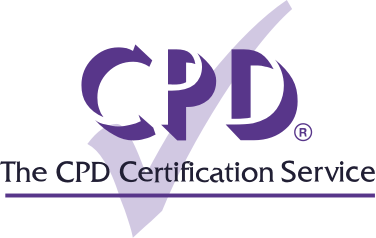Best practices in healthcare are always evolving. Midwifery is practiced in an ever-changing environment, with many factors contributing to the need for ongoing learning to make sure they are delivering the best care possible.
The number of midwives in the UK increased from 35,830 in 2018 to 36,916 in 2019, and nurses and midwives registering to work in the UK from outside of the EU, increased by 126%, rising from 2,720 to 6,157 over this same period. Increasing patient expectations, a focus on patient safety, technological developments, and changes in the way health professionals relate to each other have combined to deliver powerful incentives as to why nurses and midwives undertake CPD.
The Importance of CPD for Midwives
The importance of Continuing Professional Development in nursing and midwifery is to enable professionals to meet their obligation to provide ethical, effective, safe and competent practice. Just as important, CPD allows health professionals to react and respond to changes and advances in midwifery so they can be at the forefront of their practice, with the potential for service improvement and better quality of care as a consequence.
Taking a proactive role in your Continuing Professional Development
People tend to learn better when they take an active role in their own development – which is where Continuing Professional Development (CPD) comes in. In the midwifery profession, CPD aims to assist nurses and midwives to respond to the changing needs of the healthcare system and their patients to ensure the best possible health outcomes. Driven by innovation in medical and nursing science, Continuing Professional Development is crucial to midwives who wish to further their knowledge and skillset. Not only is CPD useful for remaining up-to-date on the latest developments in healthcare, it is part of a midwife’s professional duty of care. Midwife and nursing professionals have a duty to patients to continuously provide the best quality of care available and to guarantee their safety and well-being. CPD is a transparent and reliable way to signal to colleagues, regulators, and most importantly patients that this duty is being fulfilled.
Continuing Professional Development differs from ad-hoc or other types of informal learning, as when CPD is undertaken as a process, there is an often conscious, deliberate focus on further learning, experienced in a structured, practical and relevant way to promote learning. It also enables an individual to apply attention to areas of development and take appropriate action to reduce any shortfalls in knowledge.
















